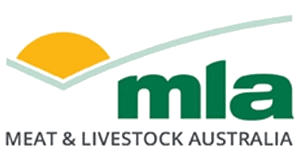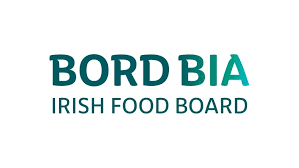Why Love Lamb Week Matters
Every September, farmers, butchers, chefs, and consumers across the UK come together for Love Lamb Week. What began in 2015 as a grassroots farmer-led campaign has grown into a national movement. The aim? To celebrate the quality, sustainability, and versatility of British lamb while reminding shoppers, wholesalers, and caterers why this meat deserves a place on their menus.
In this article, I’ll draw on over a decade of experience in the meat and food trade to explain what Love Lamb Week is all about, why it matters to both producers and buyers, and how you can get involved — whether you’re a farmer, a butcher, or someone looking to put a delicious Sunday roast on the table.
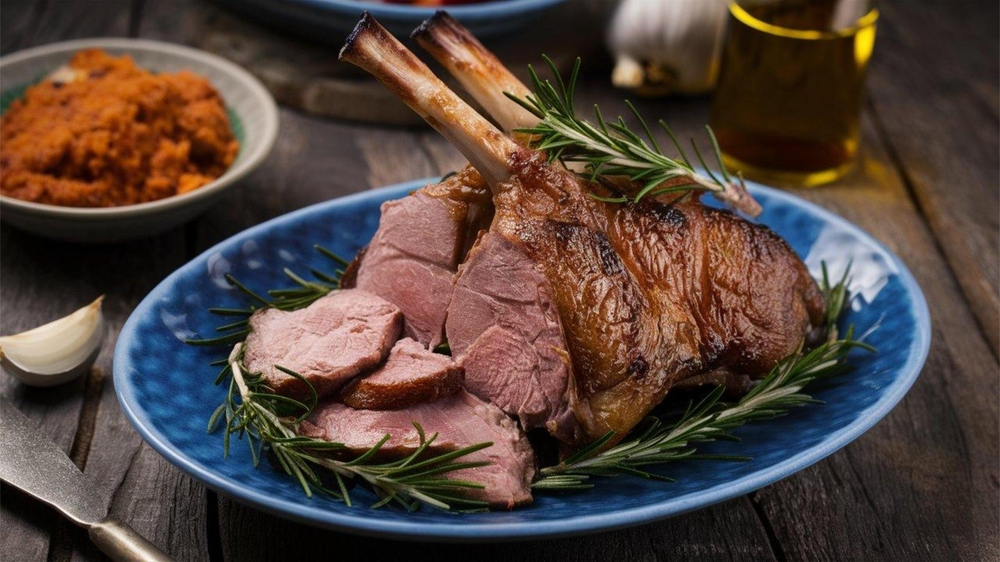
The Origins of Love Lamb Week
Love Lamb Week was launched by farmers concerned about falling consumption of lamb in the UK. Despite being a traditional favourite, lamb was increasingly overlooked in favour of chicken and pork. To tackle this, the initiative set out to:
-
Highlight the taste and quality of home-produced lamb.
-
Educate consumers about seasonality — autumn is when British lamb is at its best.
-
Promote lamb’s role in sustainable agriculture.
-
Support British farmers by increasing demand.
Today, it’s supported by farming unions, AHDB (Agriculture and Horticulture Development Board), butchers, supermarkets, wholesalers, and restaurants. It’s a prime example of industry working together to boost both awareness and sales.
Why Lamb Deserves a Place on the Plate
Lamb is more than just a roast for Easter or Christmas. Here are a few reasons why Love Lamb Week champions this versatile meat:
-
Superior Flavour
British lamb is renowned for its distinctive taste. Grass-fed lamb develops a rich, tender flavour that’s hard to replicate with mass-produced meats.
-
Nutritional Value
Lamb is naturally rich in protein, zinc, iron, and B vitamins — all essential for a healthy diet.
-
Cooking Versatility
From slow-cooked shanks to barbecued chops, lamb adapts beautifully to different cuisines. Restaurants are increasingly featuring lamb in street food and international dishes such as lamb kebabs, curries, and tagines.
-
Supporting Local Farming
Buying lamb supports British farmers, rural communities, and sustainable land management.
The Sustainability Story: Why Lamb Fits the Future of Food
One of the strongest messages behind Love Lamb Week is sustainability. Critics often point to livestock farming as environmentally damaging, but British lamb production has unique advantages:
-
Grass-Fed and Low Input: Most UK lambs graze natural pastures that aren’t suitable for crops. This means lamb converts grass into high-quality protein with minimal feed inputs.
-
Biodiversity Benefits: Grazing sheep help maintain landscapes such as the Lake District, Welsh hills, and Yorkshire Dales. Without them, biodiversity would decline.
-
Low Carbon Footprint: According to AHDB data, British lamb has one of the lowest carbon footprints of any red meat worldwide, thanks to efficient farming practices and climate.
-
Seasonal Production: Lamb is not a year-round factory product. Celebrating Love Lamb Week in September ties in with the natural peak season when lamb is abundant and at its best quality.
For wholesalers, caterers, and consumers conscious of sustainability, these points make lamb a compelling choice.
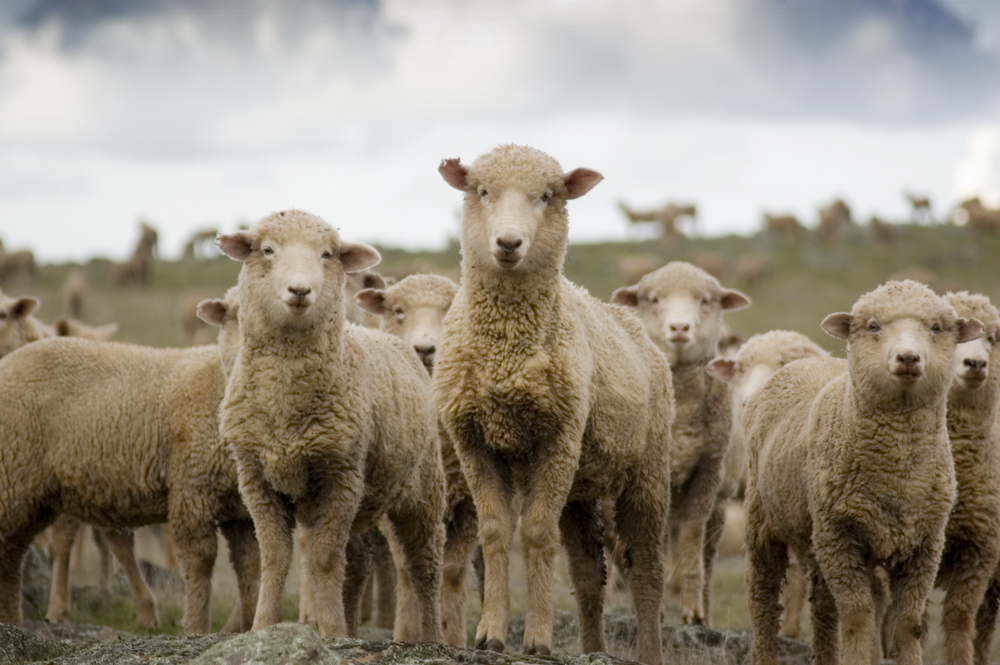
Opportunities for Farmers and the Trade
Love Lamb Week is more than a consumer campaign; it’s also an opportunity for the supply chain to build stronger connections.
-
For Farmers: It provides a platform to showcase farming standards, animal welfare, and sustainability credentials. Social media campaigns allow farmers to tell their stories directly to consumers.
-
For Butchers: A chance to highlight lamb cuts, educate customers on cooking methods, and run promotions. Many butchers find Love Lamb Week boosts footfall.
-
For Wholesalers and Caterers: An ideal time to launch lamb-based promotions, menu specials, and bulk offers. Schools, restaurants, and pubs often feature lamb during this week to support the campaign.
How Consumers Can Celebrate Love Lamb Week
If you’re a shopper or home cook, there are plenty of ways to get involved:
-
Cook a Roast: A traditional roast leg of lamb with rosemary and garlic remains unbeatable.
-
Try New Cuts: Cheaper cuts like neck fillet, shoulder, or mince are perfect for curries, stews, and kebabs.
-
Support Local Butchers: Buying from your local butcher ensures you’re supporting the farmers behind the campaign.
-
Experiment Internationally: Use lamb in global dishes — Middle Eastern koftas, Greek moussaka, or Indian biryanis.
Love Lamb Week isn’t just about tradition; it’s about discovering new ways to enjoy this meat.
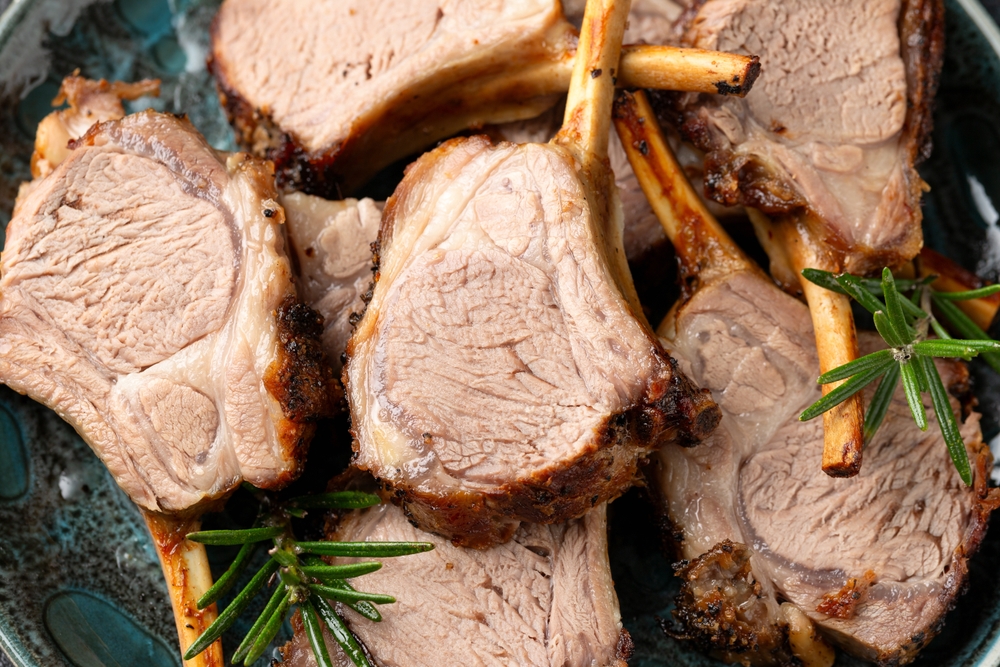
Recipes and Inspiration for Every Market
Here are a few ideas that suit home cooks, caterers, and wholesalers:
-
For Families: Quick midweek lamb stir-fry or lamb meatballs in tomato sauce.
-
For Restaurants: Moroccan lamb tagine with couscous, or lamb sliders for a modern twist.
-
For Wholesale & Catering: Bulk packs of lamb mince and shoulder for curries, school meals, or kebab production.
The campaign encourages sharing recipes online — a valuable way for businesses to connect with consumers and increase engagement.
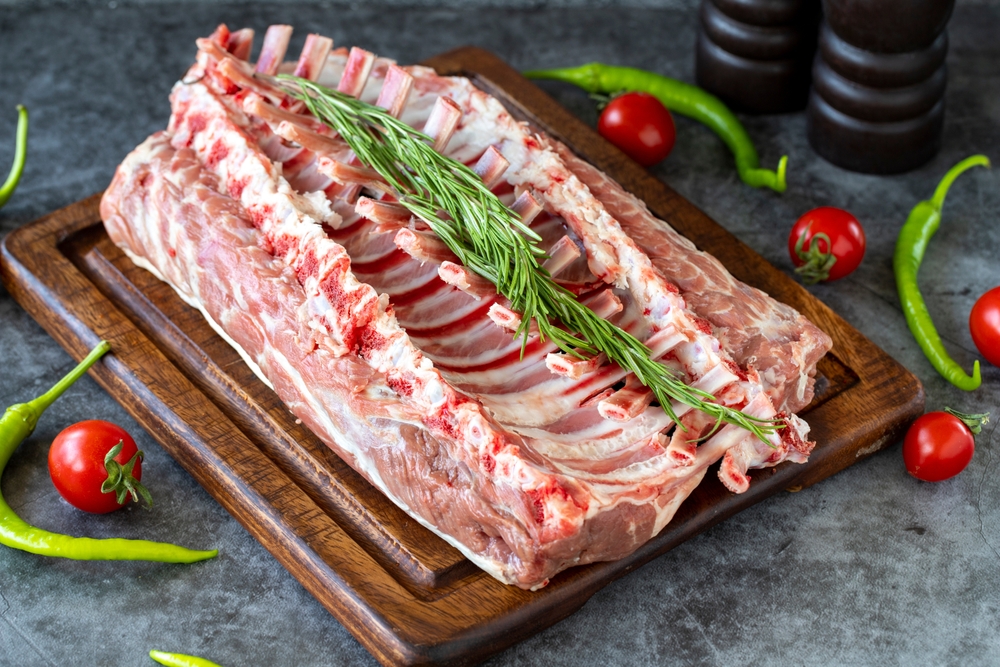
Looking Ahead: The Future of Love Lamb Week
Since its launch, Love Lamb Week has proven the power of collaboration between farmers, butchers, caterers, and consumers. Each year it grows stronger, with more retailers and restaurants joining in.
Looking ahead, the campaign is expected to expand further into digital marketing, export promotion, and education programmes. For wholesalers and foodservice suppliers, that means more opportunities to showcase lamb to both UK and international markets.
Join the Celebration
Love Lamb Week is more than a date in the farming calendar. It’s a celebration of taste, sustainability, and community. Whether you’re a farmer proud of your flock, a butcher keen to showcase local produce, a wholesaler seeking seasonal opportunities, or a consumer looking for a great meal, there’s a way for everyone to take part.
This September, let’s put lamb back at the centre of the table. Support local, cook something new, and join the nationwide celebration of Love Lamb Week.
FAQs
1. When is Love Lamb Week held?
Love Lamb Week runs annually from 1st–7th September, coinciding with peak lamb season in the UK.
2. Why was Love Lamb Week created?
It was started by farmers to raise awareness about British lamb, encourage consumers to buy more, and support sustainable farming practices.
3. How can businesses get involved in Love Lamb Week?
Farmers, butchers, and wholesalers can run promotions, share recipes, tell their stories on social media, and highlight the sustainability of lamb.
